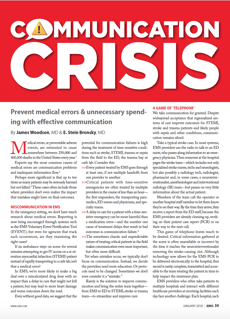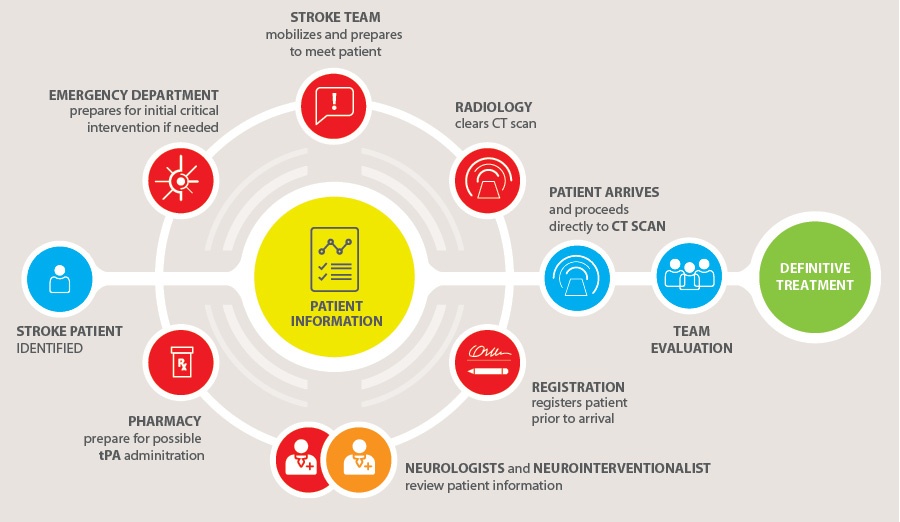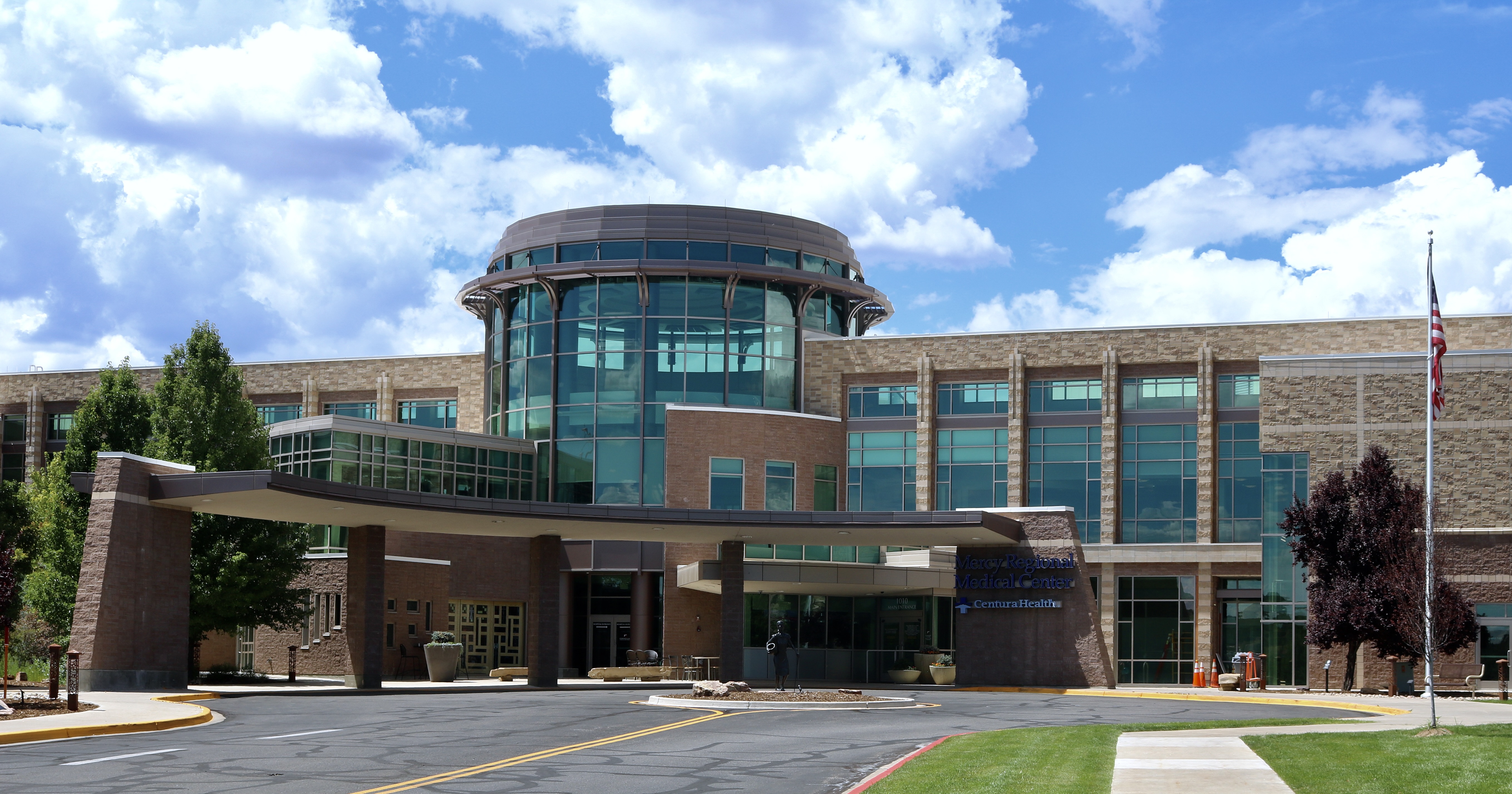EDITOR'S NOTE: Earlier this month, Pulsara's Founder and CEO, James Woodson, M.D., co-authored the following piece with Stein Bronsky, M.D. This piece originally appeared in JEMS. Download the full article here.
--
Medical errors, or preventable adverse events, are estimated to cause somewhere between 250,000 and 400,000 deaths in the United States every year.¹

Experts say the most common causes of medical errors are communication problems and inadequate information flow.²
Perhaps more significant is that up to ten times as many patients may be seriously harmed but not killed.³ These cases often include those where providers don’t even realize the impact that mistakes might have on final outcomes.
MISCOMMUNICATION IN EMS
In the emergency setting, we don’t have much research about medical errors. Reporting is now being encouraged through systems such as the EMS Voluntary Event Notification Tool (EVENT), but even for agencies that track such occurrences, are they examining the right cases?
Continue reading:
 Team Pulsara
Team Pulsara


![[PRESS RELEASE] Published Research Finds Up to 31% Faster STEMI Treatment Times in Rural Hospital Setting with Pulsara](https://www.pulsara.com/hubfs/_1_website-page-blog-assets/pulsara-hosp-teams-assign-cardio-stemi-rn-1200x701.jpg)

